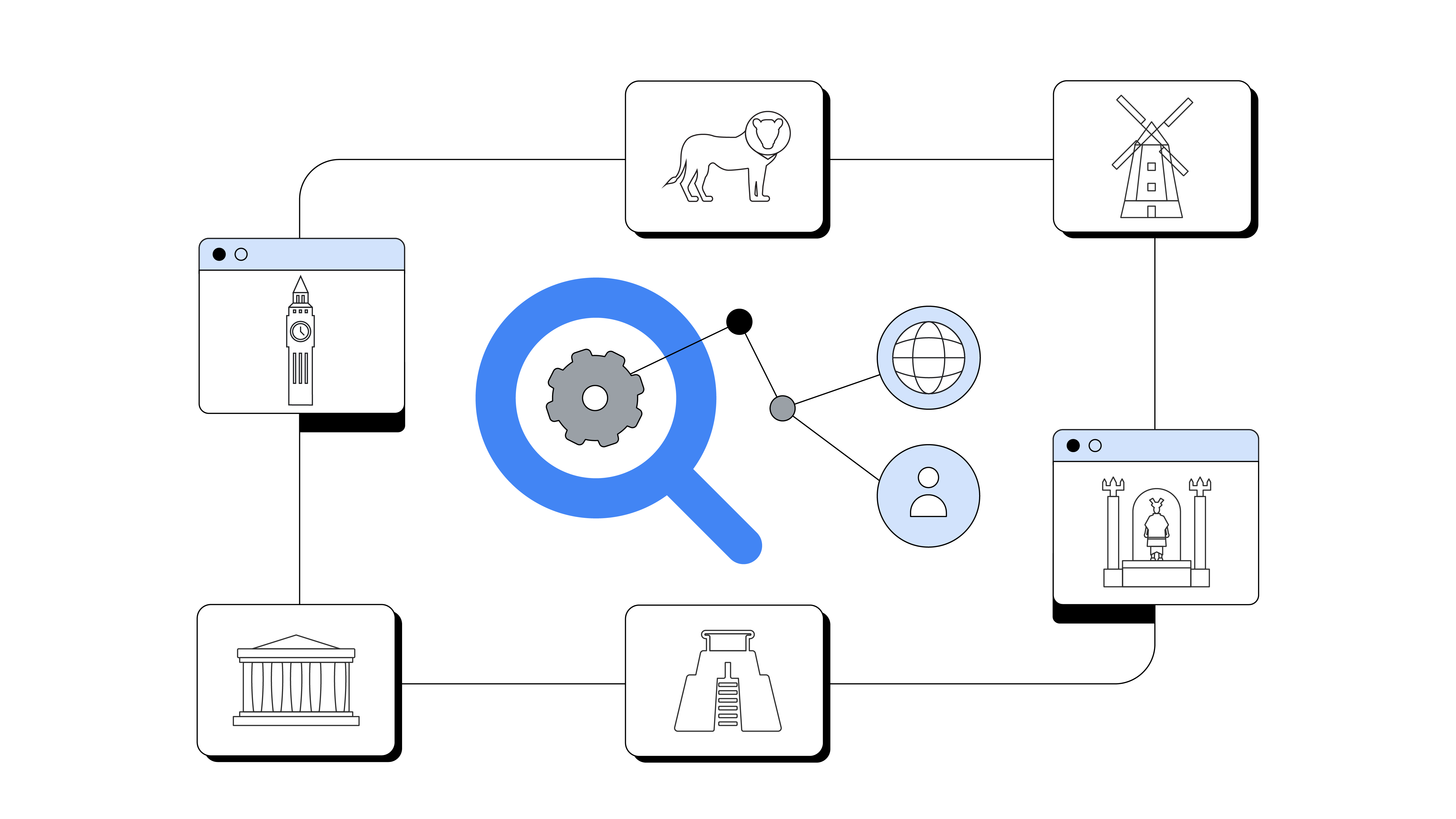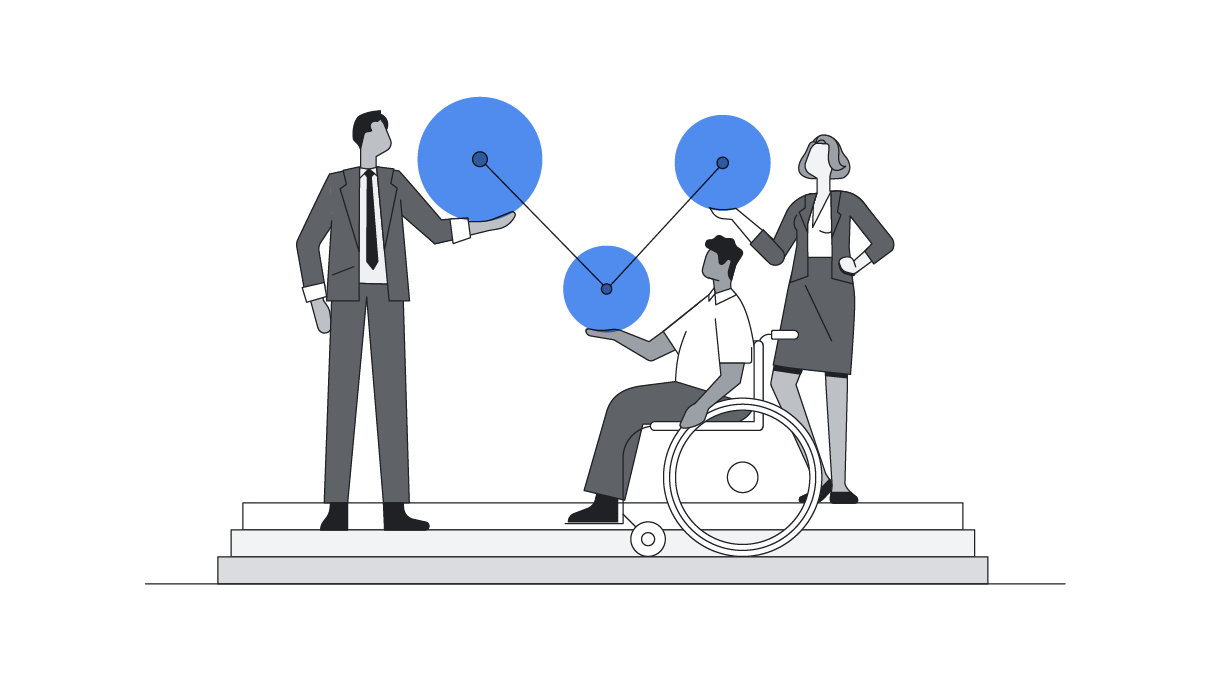Andy Devey, Knowledge Management & Training Lead at Google, gives a glimpse into what tomorrow looks like and what organizations should keep in mind in order to grow.
Mobile has forever changed how we live our daily lives. Our experiences with our devices are becoming easier and better, and soon there will be no limit to the moments when people seek assistance. As a result, brands will have more opportunities than ever to offer value in people’s lives – way beyond the moment of product usage or the few moments when someone might engage with traditional push-media.
But we have some work to do! Our research shows that being helpful has a positive impact on purchase and recommendation, yet less than one-third of brand experiences are described as helpful1. And we at Google are not immune to this. The challenge we face as an industry is shifting the focus from our brand to putting the customer at the center of our strategy, and committing to measuring our marketing based on the true value our customers have on our business.
To get us where consumers want us to be, we need to find ways to stay a step ahead of their needs. This requires more than good campaign insights. To really predict and address what consumers want requires a digital transformation of our marketing strategy. But while most of us believe that this is necessary, it’s not always obvious what digital transformation is or how to approach it.
In order to be relevant and really assist people, we need data. And not just have it, but be smart with it and use it in a way that adds value in our marketing communications every step of the way. This is how to truly put the consumer at the heart of our strategy, capture their needs and grow our businesses.

All of this requires change. So, how to start? We think there are three new realities for businesses to focus on. Let’s start with the first: To improve customer experience, we must break down organizational and technological silos. This by far is the most complex and challenging reality we all face. It means really taking a look at how our business is organized and what technology we are using, then finding a way to connect it better.

Moving on to the second reality, we need to recognize that data is a reflection of the customer’s journey, with each moment offering an opportunity to be relevant. Google’s marketing campaign for the Google Search app brings this to life. The campaign aimed to increase app usage and drive new downloads, so the marketing team at Google surfaced different creatives based on where you were and what you were likely to be interested in. With over 150 executions, the ads reached more than 80 million consumers and achieved an 85% increase in app usage, which was six times more efficient than standard ads2.

And the last reality is we need to get to grips with is knowing how to measure and report on the interactions our customers have with our campaigns to reveal how their visits drive actual sales and revenue. Opportunities for growth require us to put customers at the center of our strategy, which includes understanding the real impact each customer or customer segment has on our bottom line. We can achieve this by focusing on customer value and long-term outcomes, and aligning our marketing metrics with these goals. This means we need to determine a media metric that drives business outcomes (return on ad spend, micro-conversions, store visits or brand lift, for example) and invest in strategic experiments to find new experiences that will change the path of future growth.
As companies and marketers commit to putting the consumer at the center of their strategy, by using smart data, breaking down silos and and committing to measuring their marketing based on the true value these consumers have on the business, we’ll see a true digital transformation and improve the way we interact with our customers to deliver them a better, more personalized experience in this new age of assistance.





